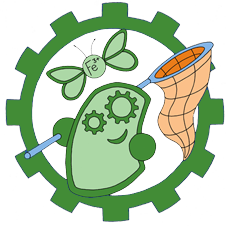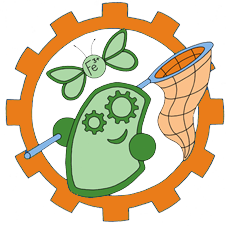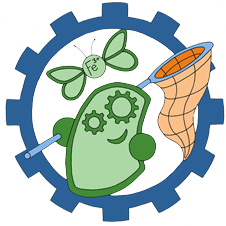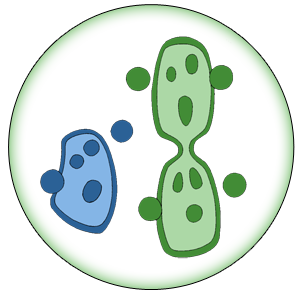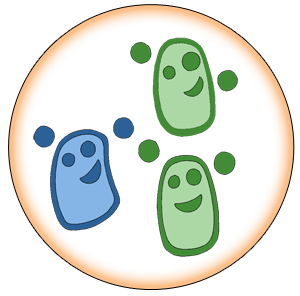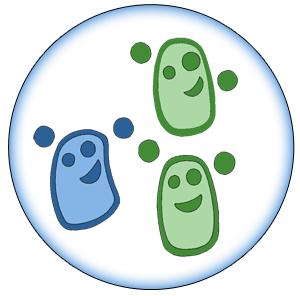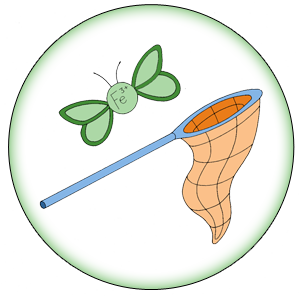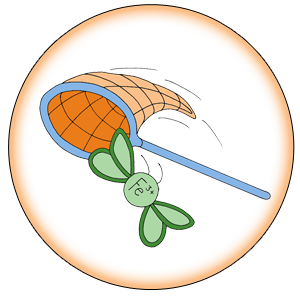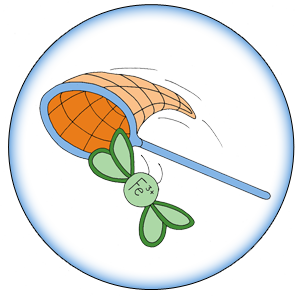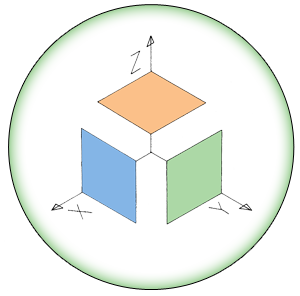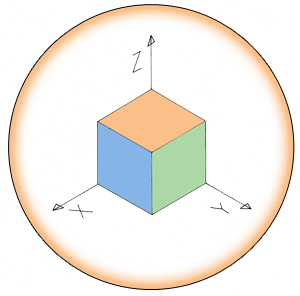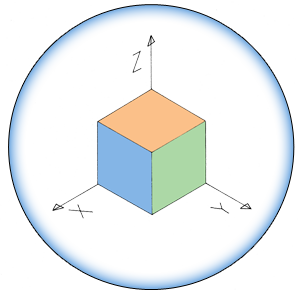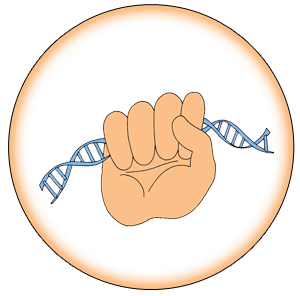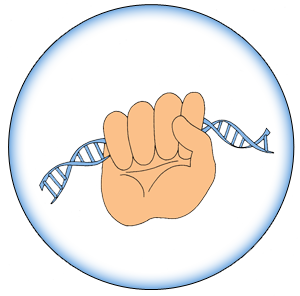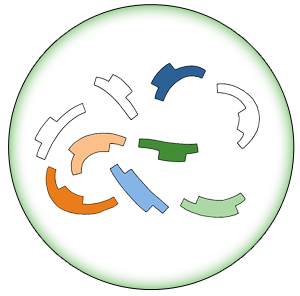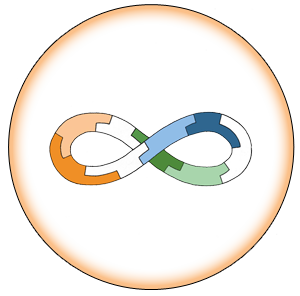Team:Edinburgh/Project/Conclusions
From 2013.igem.org
Conclusion:
The ethical implications of our project go far beyond the treatment of waste generated by traditional Scottish industries. We believe that using the system that we intended to build, one could remediate various industrial wastes cheaply and efficiently. This would be of particular importance for developing countries where both heavy metal and organic pollution is a heavy burden on the environment.
Considering the scientific aspect of work performed, we believe that one of our greatest achievements was introduction of a novel BioBrick assembly standard: GenBrick. GenBrick is an efficient and reliable method, which can be used for the generation of fusion proteins or the introduction of novel and interesting features in-between assembled genes. Our detailed description of the system enables it to be used by iGEM teams to come. Moreover, the great increase in ethanol yields achieved using Pdc and AdhB fusion protein was the most spectacular of our results obtained.
Finally, the ambitious project of modeling the whole cell provided ground-work onto which subsequent generations of iGEMers will be able to apply their own designs in order to test effect of those on the model organism used.
Future work:
The research performed in this project and presented on our Wiki provides us with some useful insights and unveils the potential lying in:
1. Bioethanol and fusion proteins
Our work showed that the fusion of Pdc and AdhB was more efficient in the production of ethanol from pyruvate than free proteins. This indicates the potential of using protein fusions for facilitating other metabolic reactions as well. Future work should focus on creating multiple protein fusions to achieve even higher yields of ethanol or other substances. Moreover, this project demonstrated the metabolic stress caused by misbalancing cellular coenzyme NAD+ and NADH levels. In the future, scientists should focus on genetically engineering and overexpressing not only the proteins necessary to achieve the primary product, but also metabolic networks necessary to maintain the cellular coenzyme and cofactor balance.
2. Metal recognition
We investigated the Fur protein and identified its potential benefit in increasing bacterial survival in heavy iron conditions. This work suggests that overexpression of relevant transcription factors increases bacterial survival in environment supplemented with relevant heavy metal ion. What remains to be done is to link the enhanced perception of particular metal to change in the behavior of the cell.
3. Metal binding
We investigated the iron binding activity of Neisserial ferric binding protein, FbpA and added it to the registry. However a vast amount of other metal binding entities exist, such as the siderophores produced by non-ribosomal peptide synthases. Furthermore, protein complexes which produce metal nanoparticles may prove to be more efficient when it comes to large scale metal ion extraction.
4. Aggregation
Much work remains to be done in that area in order to obtain our initial goals. We have successfully cloned genes required for control over biofilm formation and performed qualitative analysis of this process. Assembly of generated parts needs to be done in order to test our initial hypothesis.

| 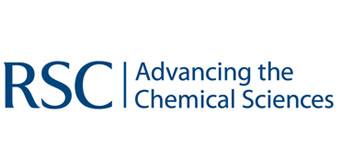
| | | | 
|
| This iGEM team has been funded by the MSD Scottish Life Sciences Fund. The opinions expressed by this iGEM team are those of the team members and do not necessarily represent those of MSD | |||||
 "
"
